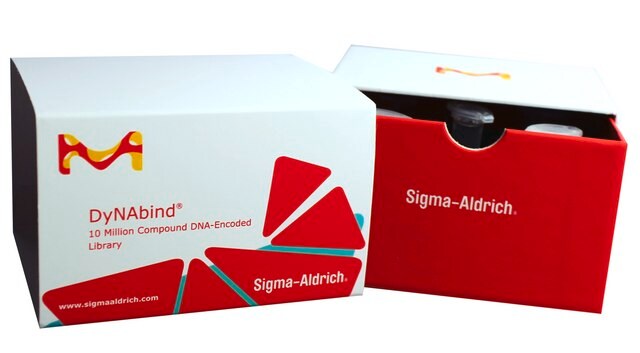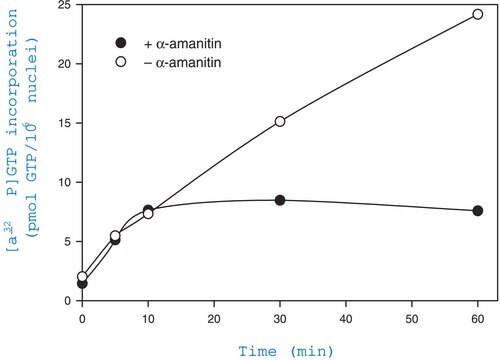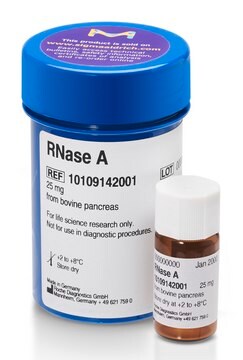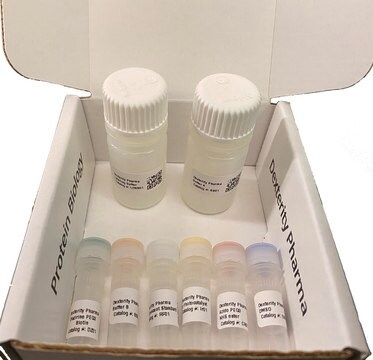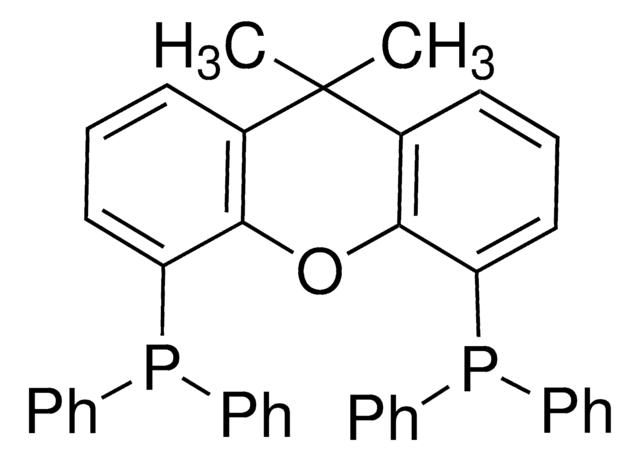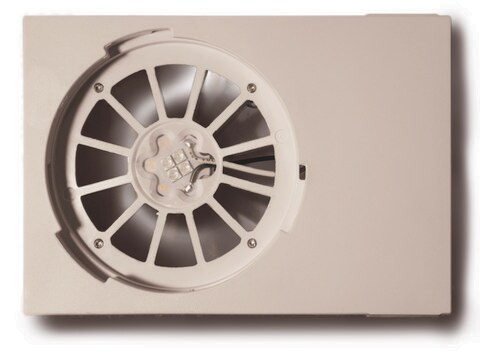DYNA001
DyNAbind® DNA-Encoded Fragment Library
Synonym(s):
DNA encoded library, DNA library
About This Item
Recommended Products
form
pellets
storage temp.
−20°C
Application
Analysis Portal
More information about DyNAbind
Features and Benefits
- Off-the-shelf, affordable access to DEL technology
- Dynamic fragment library provides a revolutionary approach to DELs offering unprecedented library and data quality
- High level quality control with every single member individually purified and validated to maximize data reliability and chances for finding good hits
- Rule of Three used in library design ensures compounds are in favorable fragment space with good ligand efficiency and plenty of room for optimization (Congreve et al. 2003, Jhoti et al. 2013)
- Ability to perform and validate initial DEL screening internally before engaging service provider
- A library with maximized diversity, ready to deploy against nearly any druggable target
Product Overview:
- Dynamic fragment-based DEL as alternative or complement to existing screening technologies
- Consumable, off-the-shelf product for immediate use
- 5 vials, each containing a single-use library for one experimental condition
- Detailed protocol accessible to most drug discovery labs
- A dedicated analysis portal and protocol to identify hits
Legal Information
The use of this DyNAbind Product (the “Product”) is covered by European Patents EP 3 094 745 B1 and EP 3 169 832 B1 and corresponding applications pending in the US, Canada, and Japan. Purchaser is granted the right to use the Product for its internal research use only. This limited use label license does not grant the purchaser any right to use resulting fragments or products in commercial products or services. For information on commercial rights, please contact the outlicensing department at licensing@dynabind.com.
Storage Class Code
13 - Non Combustible Solids
WGK
WGK 3
Flash Point(F)
Not applicable
Flash Point(C)
Not applicable
Choose from one of the most recent versions:
Certificates of Analysis (COA)
Don't see the Right Version?
If you require a particular version, you can look up a specific certificate by the Lot or Batch number.
Already Own This Product?
Find documentation for the products that you have recently purchased in the Document Library.
Customers Also Viewed
Articles
Unprecedented access to large library drug discovery, Dynamic Library technology offers more reliable results than classical DEL approaches, library members selected for MedChem relevance, high chemical diversity, suitable for a number of targets
Our team of scientists has experience in all areas of research including Life Science, Material Science, Chemical Synthesis, Chromatography, Analytical and many others.
Contact Technical Service